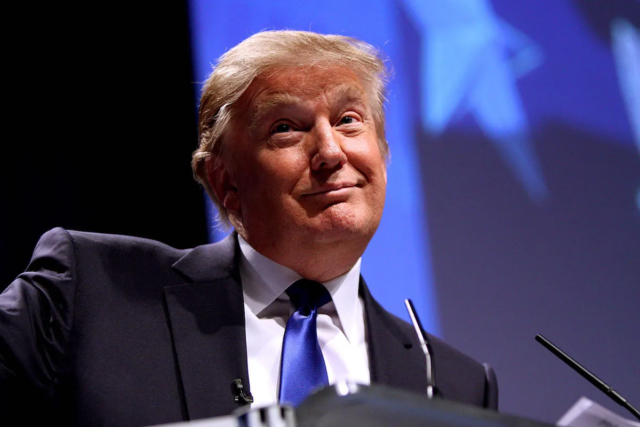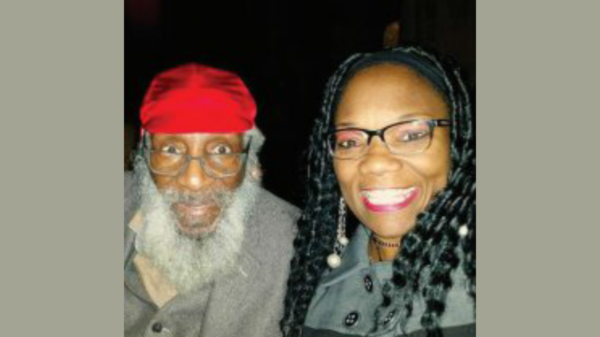By Marc H. Morial

“Russia remains the most active foreign threat to our elections. The Russian government’s goals in such influence operations tend to include eroding trust in U.S. democratic institutions, exacerbating sociopolitical divisions in the United States, and degrading western support to Ukraine. Russia relies on a vast multimedia influence apparatus, which consists of its intelligence services, cyber actors, state media, proxies, and social media trolls. Moscow most likely views such operations as a means to tear down the United States as its perceived primary adversary, enabling Russia to promote itself as a great power.” — U.S. Director of National Intelligence
In the spring of 2019, the National Urban League’s State of Black America report was the first to highlight the extent of Russian efforts to deceive, manipulate and exploit Black voters in the 2016 presidential election. Five months later, a Senate Intelligence Committee report confirmed our findings: Russian trolls targeted Black Americans more than any other group to dissuade them from voting.
Now, as the 2024 presidential election approaches, the Russians are at it again, armed with new technology and new techniques. Videos, spewing disinformation, with voices and images manipulated by artificial intelligence, are the medium of choice for Russian operatives. Falsely represented as the work of independent journalists or whistle-blowers, the videos are considered more likely than simple blog or social media posts to enter the mainstream discourse.
Though the tactics are new, the goal remains the same: the election of Donald Trump and the implementation of Trump’s pro-Russia policies. Trump has said he would encourage Russia to do “whatever the hell they want” to our NATO allies who don’t meet defense spending guidelines. He would end U.S. support for Ukraine in its fight against Russia’s invasion.
Key to Russia’s disruptive plan is the promotion of racial strife and the suppression of Black votes.
“By far, race and related issues were the preferred target of the information warfare campaign designed to divide the country in 2016.” the U.S. Senate Intelligence Committee concluded. Of Russian operatives’ top 10 Instagram accounts, five were focused on African American issues and audiences. Their Twitter content was “heavily focused on hot-button issues with racial undertones such as the NFL kneeling protests.” And 96% of their YouTube content was targeted at racial issues and police brutality. “Some of the videos featured expressly voter suppressive content intended to dissuade African American voters from participating in the 2016 presidential election,” the committee found.
Russia continued to target Black Americans through the 2020 presidential election.
Our best defense against disinformation, national security experts say, is identifying and publicizing the propaganda push.
“The great antidote to all of this is being able to shine a light on it,” former NSA Director Gen. Paul M. Nakasone told the Senate Intelligence Committee. “If they are trying to influence or interfere in our elections, we should make it as hard as possible for them.”
Morial is president/CEO of the National Urban League.









